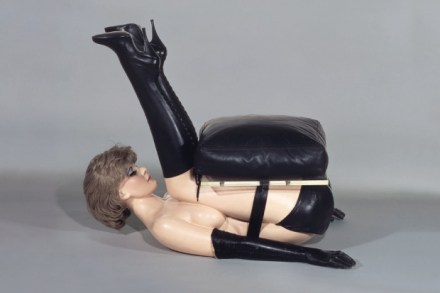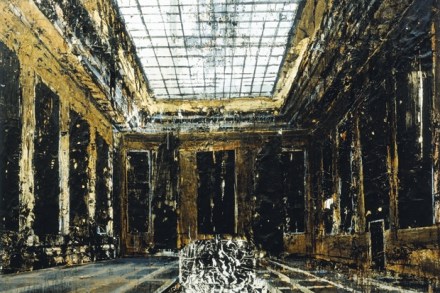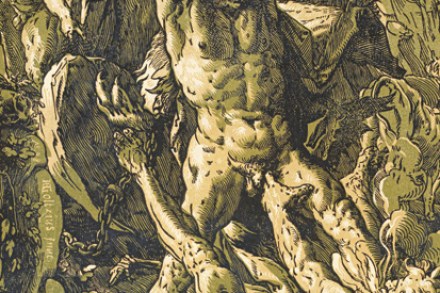Life after death
This is not the biggest exhibition at Edinburgh and it will not be the best attended but it may be the most daring. While the main gallery at the Royal Scottish Academy, commandeered as usual for Festival season by the National Galleries of Scotland, hosts a glittering exhibition of David Bailey photographs, the lower galleries offer three small rooms of Jean-Etienne Liotard. Who? You may well ask, because for anyone not schooled at the Courtauld, Liotard is likely to be as obscure as Bailey is recognisable. Drawing the two together in the same building is less of a leap than it might appear, however, for Liotard was also an eminent




















